Grasshoppers of Wyoming and the West
Entomology
Key to the Melanoplus Species
Previous Step (E)F General color above green to brown with a yellow-buff stripe on each side extending
from behind the eye, along margins of pronotum and converging on tegmina; hind femora
with longitudinal stripe on outer surface; hind tibiae variable; widely distributed;
our common large grasshopper and a serious urban and agricultural pest.
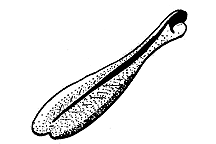 |
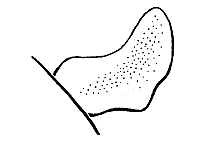 |
| Hind femur | Cercus |
F' General color as viewed from above uniform olive to brown, occasionally yellow or black.
Go to G
<G Black bands form herringbone pattern along entire length of hind femora; hind tibiae yellow; a black morph and a yellow morph occur as a small percentage of the population; widespread and common in agricultural and urban environments.
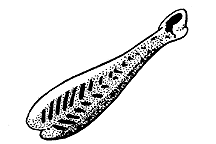 |
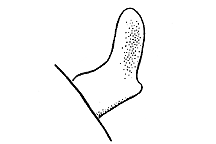 |
| Hind femur | Cercus |
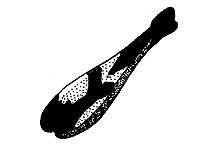
Hind femur of black morph of M. differentialis
[The black morph of M. differentialis may lack the banding pattern along the entire length of the hind femur, resembling
M. ponderosus; the distinct black color, however, clearly indicates M. differentialis.]
G' Black on outside face of hind femora forming two or three diffuse bands; hind tibiae orange to red; uncommon.
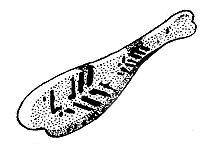 |
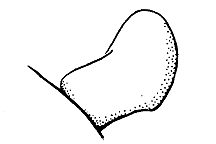 |
| Hind femur | Cercus |

